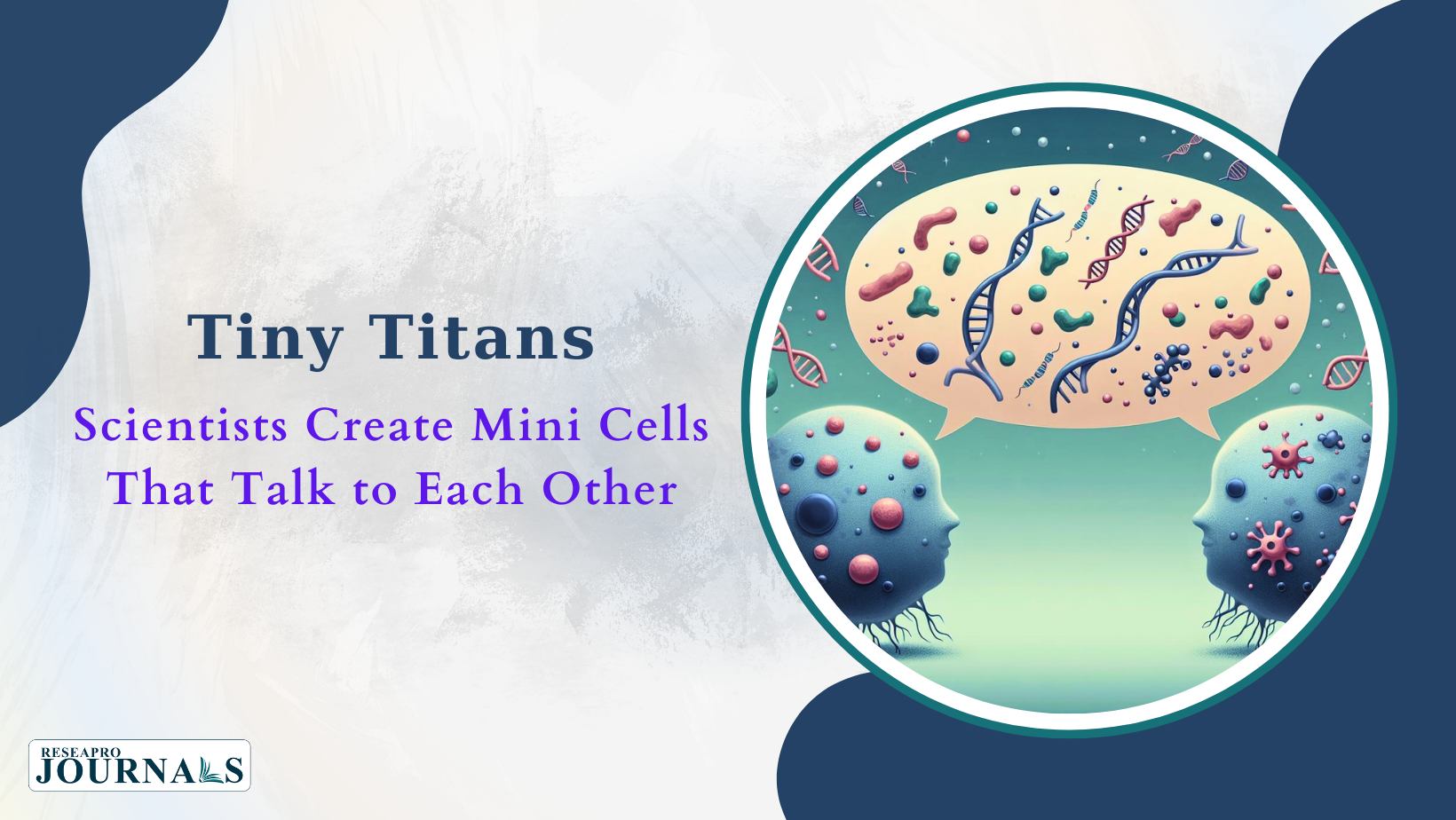|
Getting your Trinity Audio player ready...
|
Move over walkie-talkies, the future of communication is microscopic! Scientists have just achieved a groundbreaking feat: creating synthetic mini-cells that can send and receive protein and RNA messages to each other. This breakthrough not only deepens our understanding of how cells function but also opens doors to revolutionary advancements in medicine, biomaterials, and even artificial intelligence.
Imagine these mini-cells as tiny bioreactors, stripped down to the bare essentials of life. But don’t underestimate their capabilities. They’ve acquired the remarkable ability to export functional proteins and RNA, acting like miniature messengers carrying vital information. This allows them to “talk” to each other, exchanging signals and potentially coordinating complex behaviors.
This cell-to-cell communication unlocks a treasure trove of possibilities. We could design drugs that target specific cell populations with laser precision, create artificial tissues that self-repair and communicate seamlessly, and even engineer tiny robots made of synthetic cells programmed to deliver drugs directly to diseased cells or clean up environmental toxins.
While this research is still in its early stages, the potential applications are mind-boggling. The future of biology is shrinking in size, but its impact promises to be colossal. These tiny titans of science could pave the way for a whole new era of medical breakthroughs, environmental solutions, and even artificial intelligence guided by the power of cellular chatter. Buckle up, the world of biology is about to get a whole lot more fascinating!




